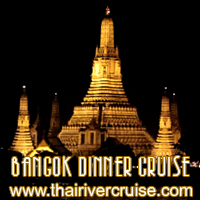History of Ubon ratchathani
12:37 AM

History UBON RATCHATHANI, The city was founded in the late 18th century by Thao Kham Phong, descendant of Phra Wo and Phra Ta, who escaped from King Siribunsan of Vientiane into Siam Kingdom during the reign of King Taksin the Great. Later Thao Kham Phong was appointed to be “Phra Pathum Wongsa” and the first ruler of Ubon Ratchathani. In 1792 Ubon Ratchathani became a province. it was also the administrative center of the monthon Isan. Until 1972 the Ubon Ratchathani province was the largest province of Thailand in area. Yasothon province was split off in 1972 and followed by Amnat Charoen province in 1993. Ubon now ranks 5th in area.Ubon Ratchathani sits on the northern bank of the Mun River. The south bank of the river is occupied by the suburb of Warin Chamrap (Warin for short), which is effectively incorporated into the city.Ubon encountered extensive growth during World War II when Japanese forces expanded the railroad from Bangkok to Warin using prisoner of war labor. One legacy of this is a monument in the city's central park erected by British POWs in gratitude to the citizens of Ubon. During the Vietnam war, United States armed forces constructed the in-town Ubon Royal Thai Air Force Base, which is now also a dual-use commercial airport.



.jpg)



